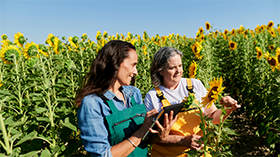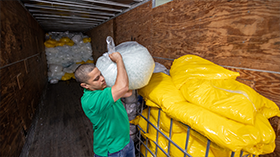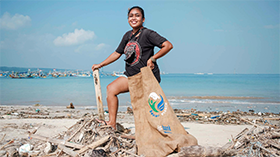
Een betere toekomst begint bij ons allemaal, vandaag.
Hier bij CooperVision nemen we stappen in onze productie en distributie om waar mogelijk duurzamer te opereren. We streven ernaar om afval en overbodige verpakkingen te verminderen om onze milieubelasting te verminderen.1 Door het verantwoord inkopen van materialen te faciliteren,2 afval waar mogelijk te hergebruiken3 en het afval van onze producten en verpakkingen dat nog niet kan worden teruggewonnen te compenseren, zetten we grote stappen om het welzijn van onze planeet te verbeteren.†3
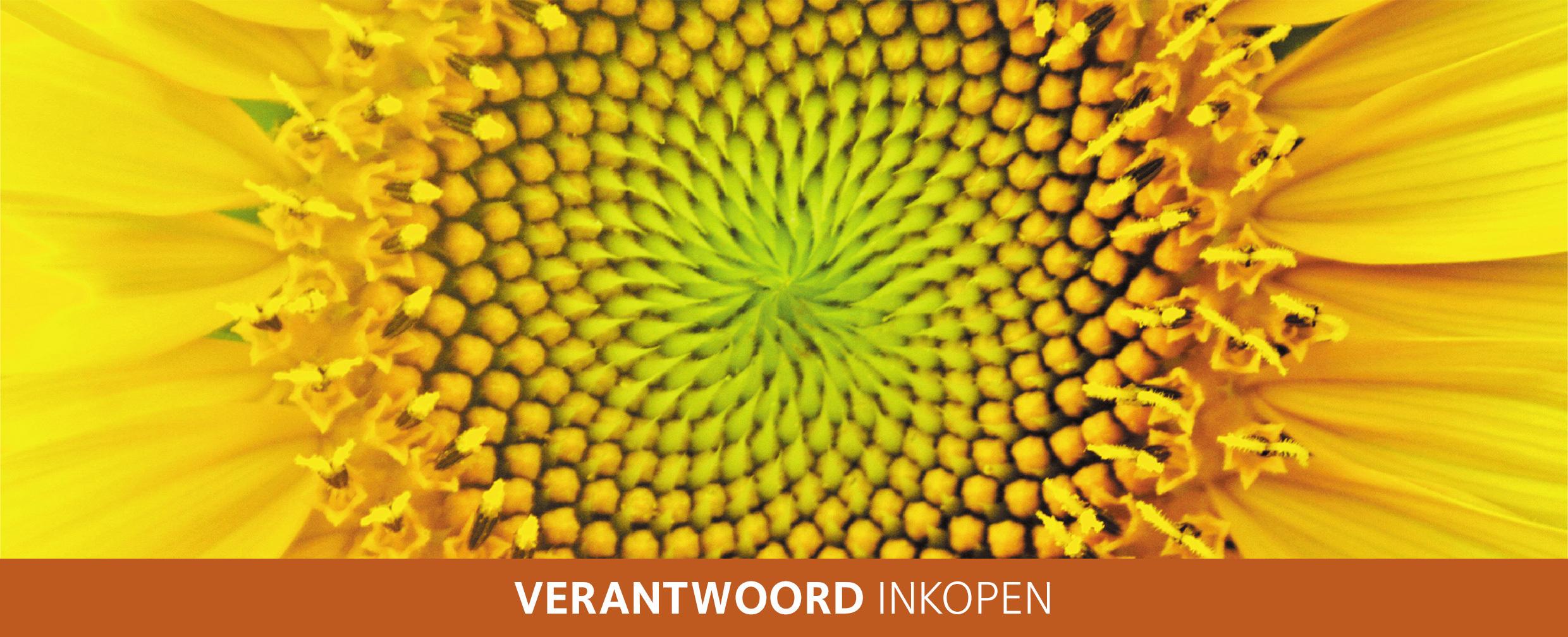
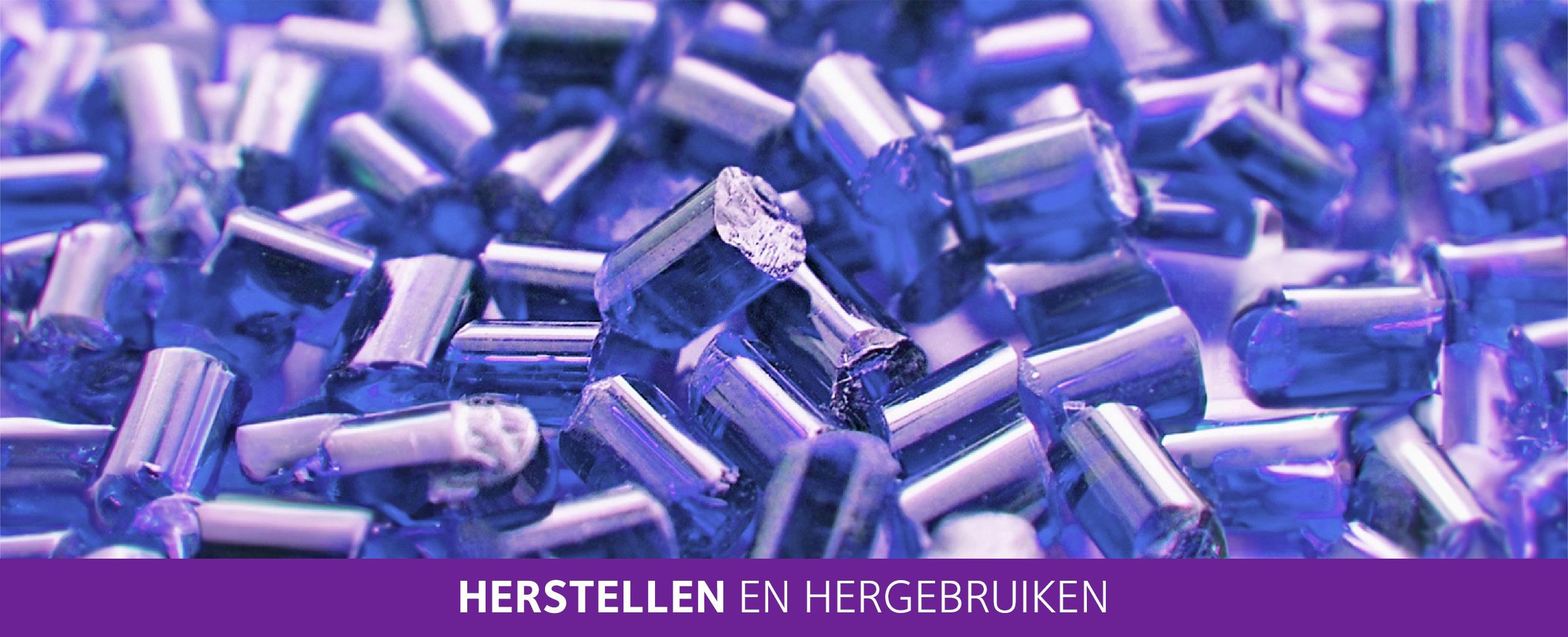
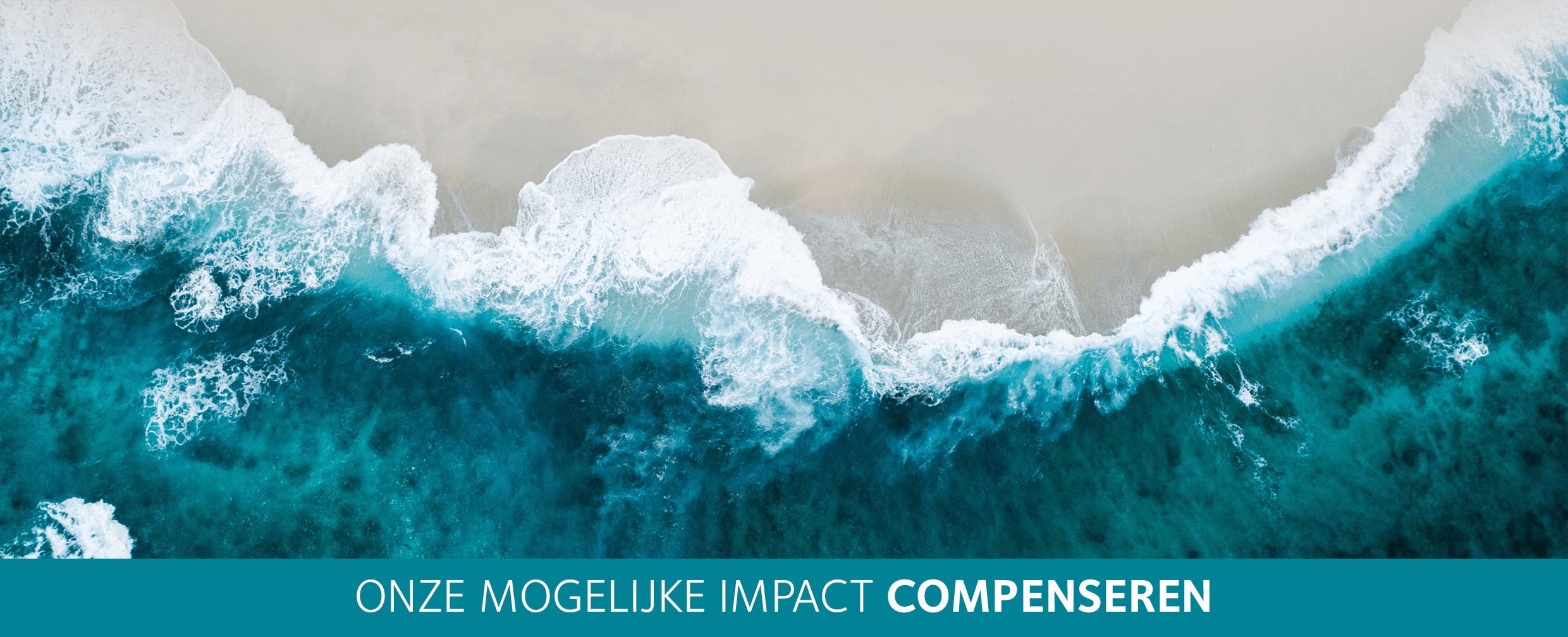
Een betere toekomst begint bij ons allemaal, vandaag.
* CooperVision's 2020 Environmental, Social and Governance Report.
† Refers to CooperVision's plastic neutrality initiative with Plastic Bank. Plastic neutrality is established by purchasing credits from Plastic Bank. A credit represents the collection and conversion of one kilogram of plastic that may reach or be destined for waterways. CooperVision purchases credits equal to the weight of plastic in our-one day contact lens orders. One-day contact lens plastic is determined by the weight of plastic in the blister, the lens and the secondary package (outer carton), including laminates, adhesives, and auxiliary inputs (e.g. ink).
‡ Refers to continuous manufacturing improvement processes undertaken by CooperVision to increase efficiency.
§ Natural resources are defined as but not limited to water, nitrogen, natural gas and other organic compounds.
| Renewables are defined as materials or energies that can be sustained indefinitely because of inexhaustible supplies or new growth.
¶ CooperVision uses renewable materials and energies in its manufacturing operations.
** CooperVision’s manufacturing processes are designed to adhere to CooperVision’s internal energy goals and design specifications.
†† Refers to CooperVision's plastic neutrality initiative with Plastic Bank and local community beach clean-up efforts.
Referenties: :
1. CVI data on file, 2024.
2. CVI data on file, 2023. CooperVision Supplier Code of Conduct.
3. CVI data on file, 2023.
4. Stegmann, P., Daioglou, V., Londo, M., van Vuuren, D. P., & Junginger, M. (2022). Plastic futures and their CO2 emissions. Nature, 612(7939), 272–276.
5. CVI data on file 2020-2023, including Zero Waste to Landfill Report by Manufacturing Site indicating reclamation efforts by waste stream (2022).







